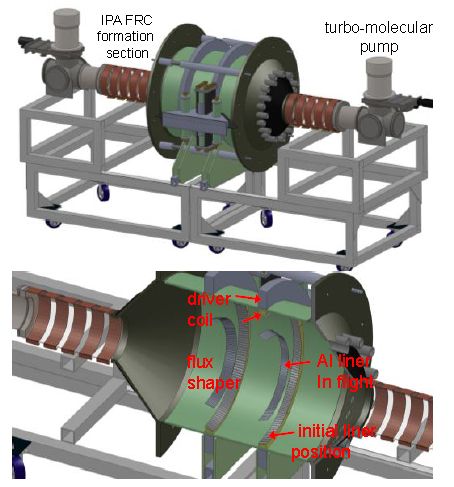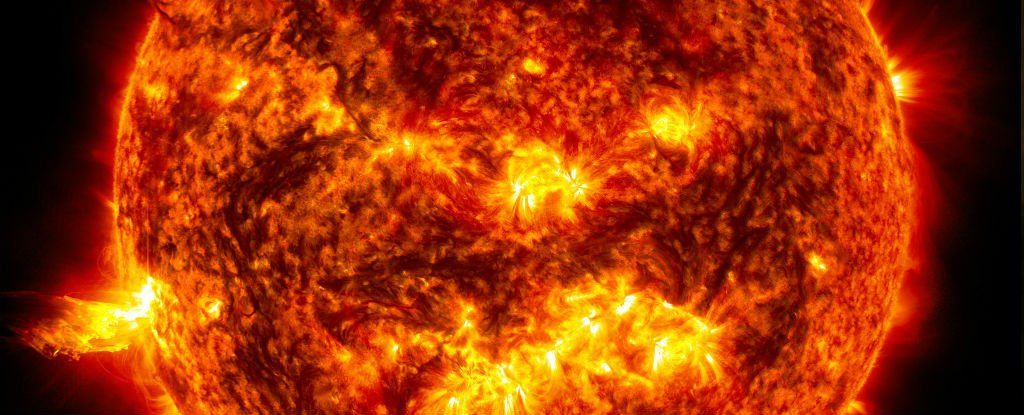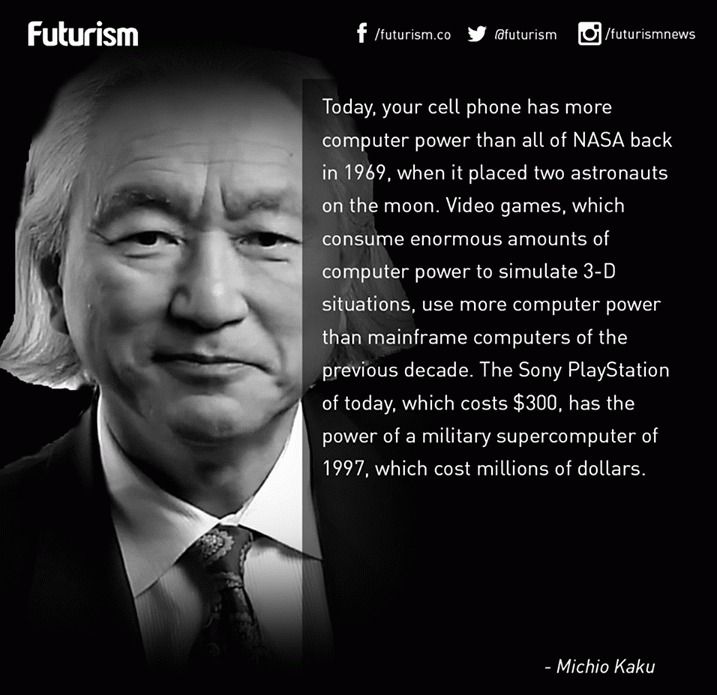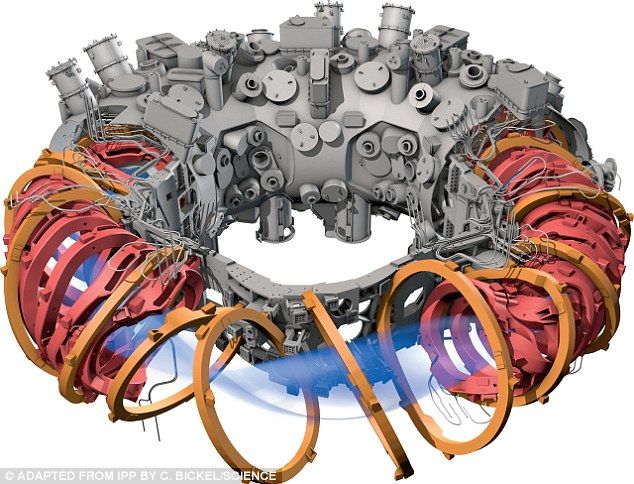Archive for the ‘nuclear energy’ category: Page 133
Nov 25, 2015
Stephen Hawking’s Legacy Could Be ‘Holy Grail’ Of Physics: Combining Gravity And Quantum Mechanics At Black Hole Horizons
Posted by Andreas Matt in categories: cosmology, neuroscience, nuclear energy, particle physics, quantum physics, sustainability
Interesting…
To suggest that quantum mechanics and gravity are on the verge of being reconciled would be, to the physics world at least, as significant as the discover of splitting the atom. While splitting the atom might have led to the nuclear bomb, it also led to the technology of nuclear power, i.e. nuclear fission, which, if harnessed properly, creates a renewable and sustainable energy resource. The problem has always been that quantum mechanics — the rules that govern sub-atomic particles — and gravity, the rule that governs mass as we know it (the stuff we can touch and feel), do not agree with each other. The question has always been, what is it that “unifies” these two theories? Is quantum mechanics God playing dice, as Einstein suggested?
“God doesn’t play dice with the universe.”
Nov 16, 2015
This new laser could make things hotter than the centre of the Sun almost instantly
Posted by Shailesh Prasad in categories: materials, nuclear energy, sustainability
Scientists have proposed a laser model that can could heat materials to temperatures hotter than the centre of the Sun in just 20 quadrillionths of a second. That’s 10 million degrees Celsius almost instantaneously.
The discovery brings us one step closer to the dream of achieving thermonuclear fusion energy — the production of clean, sustainable, and limitless energy using the same process the Sun uses to produce heat.
The challenge in harnessing the energy from thermonuclear fusion is that, as with any form of energy production, you need to get out more than you put in, and heating things to temperatures that rival the centre of the Sun is not easy. Current laser technology has failed to make the heating process efficient enough to make the process worthwhile, but a team from Imperial College London in the UK has come up with a model for a laser than can heat things about 100 times faster than the world’s most powerful fusion experiments.
Nov 7, 2015
World’s Largest Fusion Reactor is About to Switch On
Posted by Sean Brazell in categories: nuclear energy, particle physics
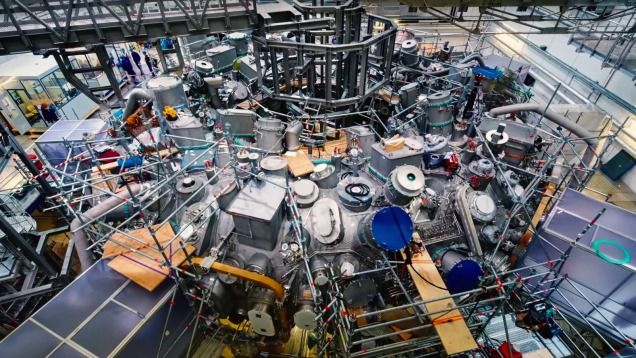
If “The Stellarator” sounds like an energy source of comic book legend to you, you’re not that far off. It’s the largest nuclear fusion reactor in the world, and it’s set to turn on later this month.
Housed at the Max Planck Institute in Germany, the Wendelstein 7-X (W7-X) stellarator looks more like a psychotic giant’s art project than the future of energy. Especially when you compare it with the reactor’s symmetrical, donut-shaped cousin, the tokamak. But stellarators and tokamaks work according to similar principles: In both cases, coiled superconductors are used to create a powerful magnetic cage, which serves to contain a gas as it’s heated to the ungodly temperatures needed for hydrogen atoms to fuse.
Continue reading “World’s Largest Fusion Reactor is About to Switch On” »
Nov 3, 2015
Professor Kaku strikes again
Posted by Shailesh Prasad in categories: military, mobile phones, nuclear energy, space, supercomputing
Nov 3, 2015
World’s Largest Nuclear Fusion Reactor
Posted by Josef Koch in categories: nuclear energy, supercomputing
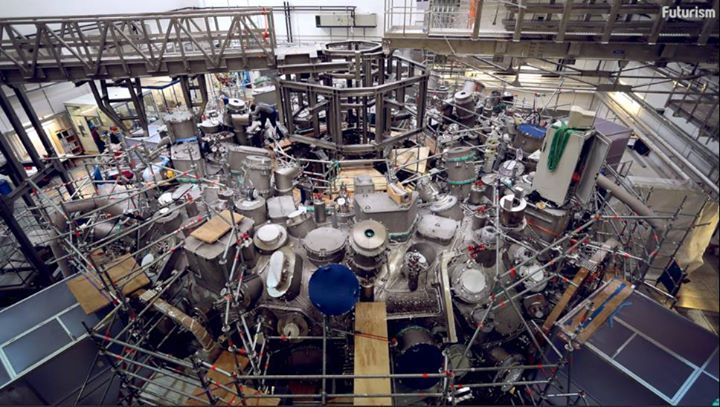
This is the world’s largest nuclear fusion reactor launching this month in Germany. And it was designed by a supercomputer…
Oct 30, 2015
Germany is about to start up a monster machine that could revolutionize the way we use energy
Posted by Sean Brazell in categories: nuclear energy, physics, singularity
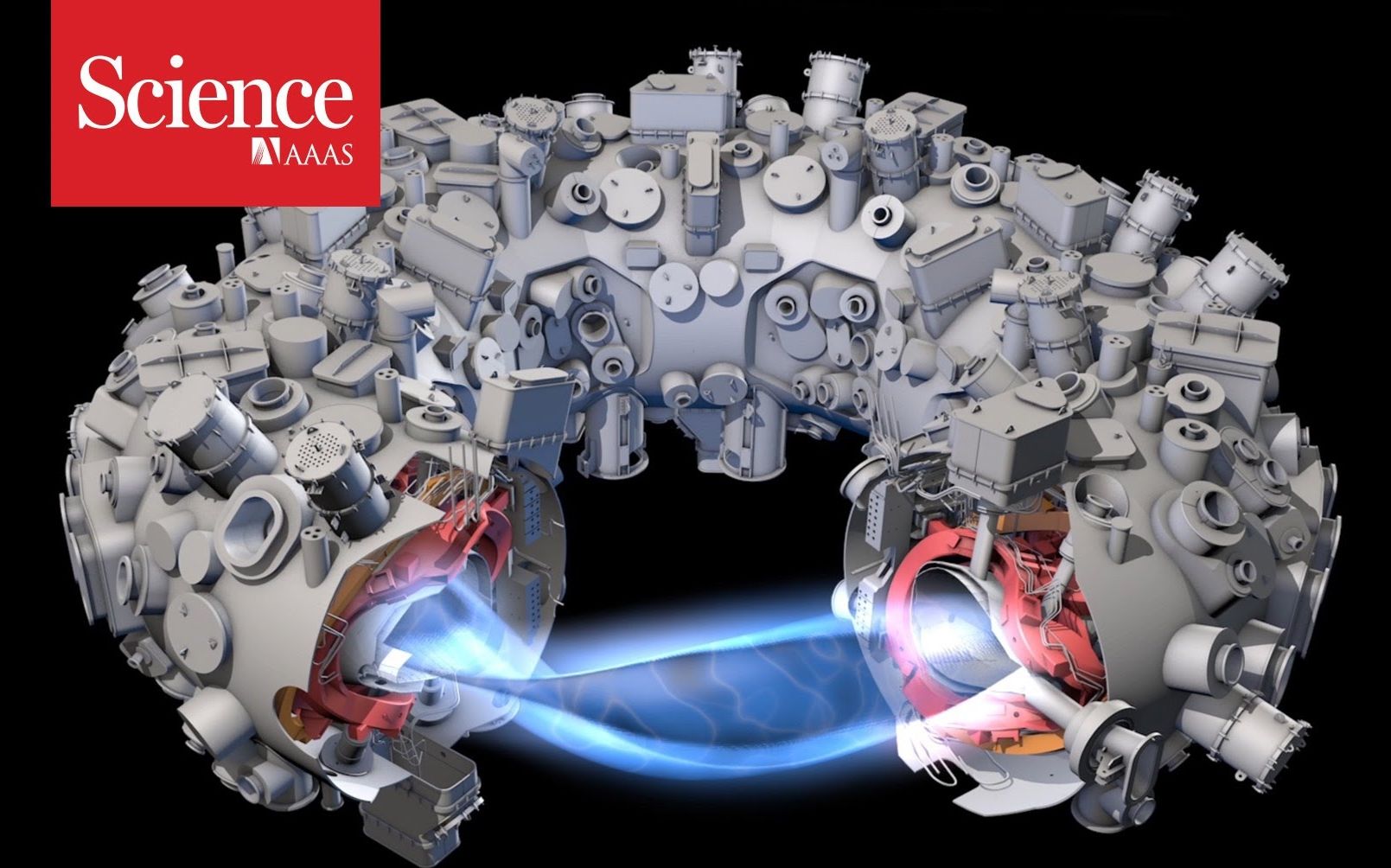
This is the energy source that will power the Singularity.
And everything else, too.
Oct 28, 2015
‘Stellarator’ Reactor’s Strange Twisted Design Can Finally Make Fusion Power A Reality
Posted by Shailesh Prasad in categories: nuclear energy, particle physics
Researchers are getting ready to turn on the world’s biggest ‘Stellarator’ fusion reactor. Called Wendelstein 7-X (W7-X), the reactor can uninterruptedly contain super-hot plasma for more than 30 minutes at a time. Scientists claim the rare design, which is contained in a giant lab in Greifswald, Germany, can finally help make fusion power a reality. Comprising super-hot plasma for long durations has been the Holy Grail for nuclear reactor designs, and can help researchers to deliver an inexhaustible source of power. Fusion reactors, for instance the W7-X, work by using two isotopes of hydrogen atoms — deuterium and tritium — and inserting that gas into a restraint vessel. Researcher then add energy that eliminates the electrons from their host atoms, creating what is described as an ion plasma, which discharges enormous amounts of energy.
Oct 23, 2015
Feature: The bizarre reactor that might save nuclear fusion
Posted by Jeremy Lichtman in category: nuclear energy
Some nice photos of odd-looking components.
Germany’s new stellarator was “hell on Earth” to build, but it will be worth it—if it works.
Oct 18, 2015
Amazing promises of nuclear fusion: How close are we?
Posted by Aleksandar Vukovic in categories: nuclear energy, sustainability
“Tens of billions of dollars have been spent in the past 60 years, entire careers have been invested, but the ability to produce a commercially viable nuclear fusion reactor remains undemonstrated.”
For 60 years the world’s been waiting for cheap, clean, safe, sustainable power from nuclear fusion. Are we there yet?
